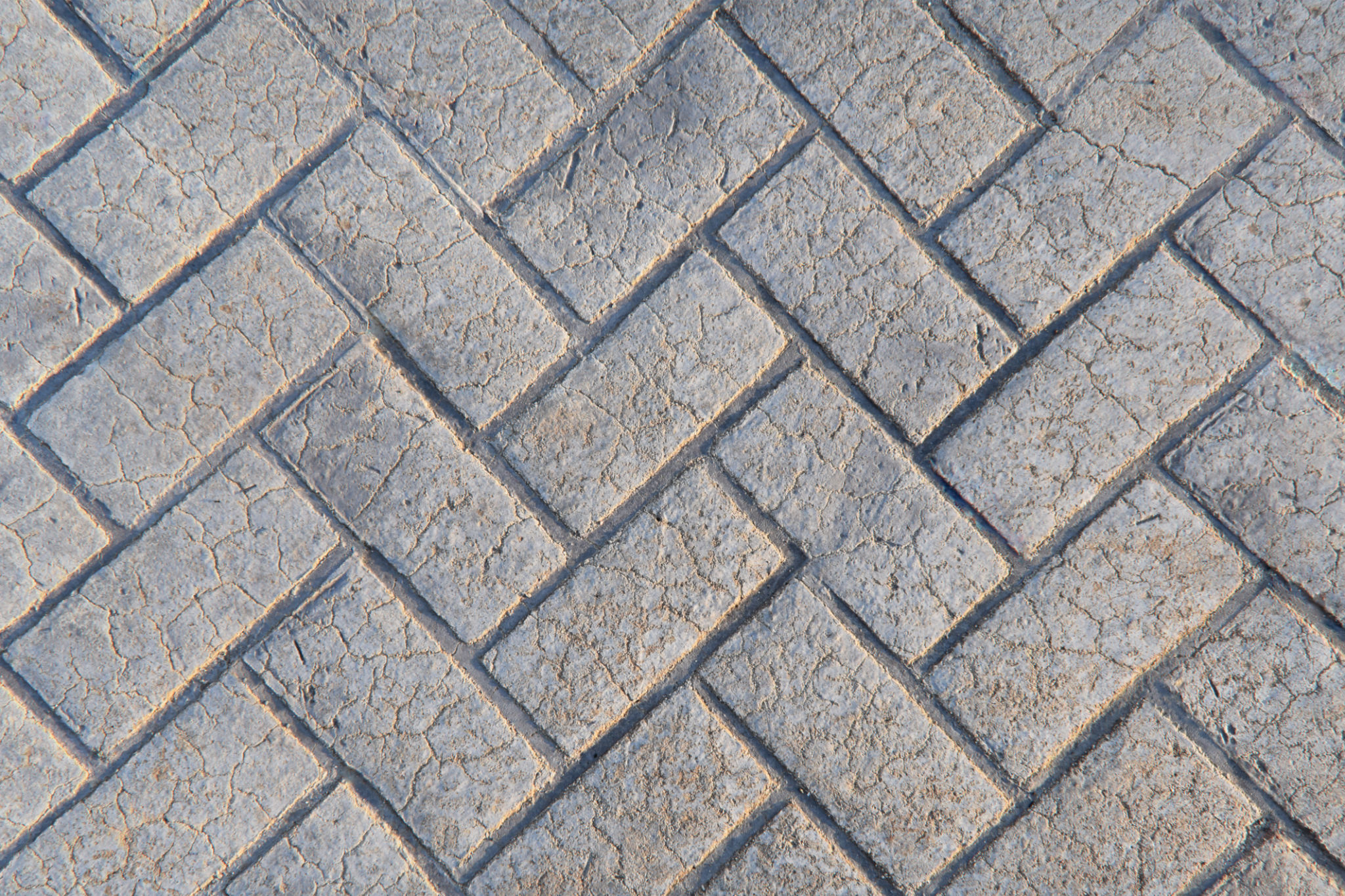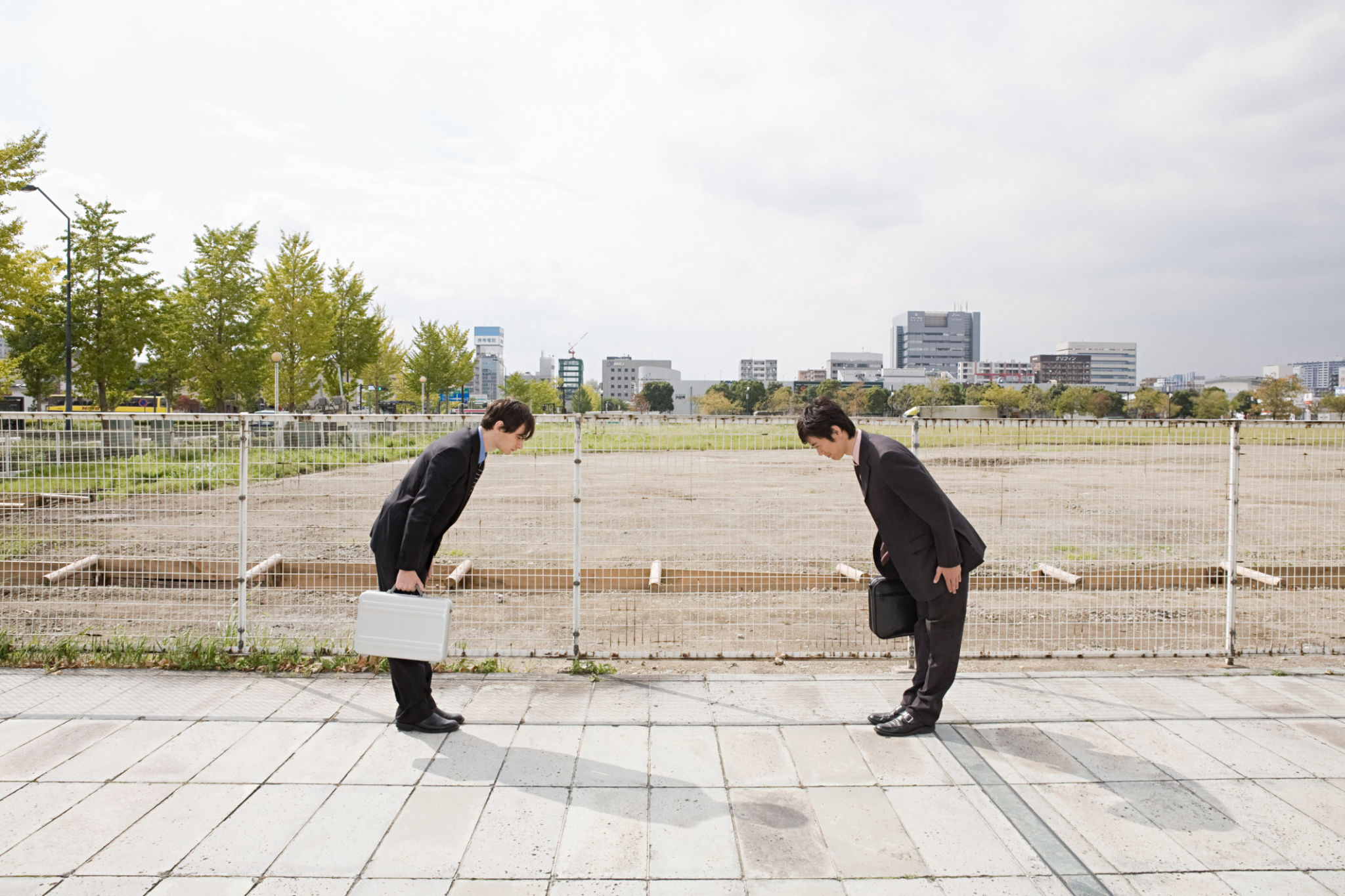Understanding Exposed Aggregate: Benefits and Installation Process
What is Exposed Aggregate?
Exposed aggregate is a popular decorative concrete finish that reveals the natural beauty of stones, pebbles, or other materials embedded in the surface. This technique is achieved by removing the top layer of concrete paste to expose the underlying aggregate. The result is a textured, non-slip surface that adds aesthetic appeal to various outdoor spaces such as driveways, patios, and walkways.

The choice of aggregate can significantly influence the overall appearance of the finished surface. Commonly used aggregates include crushed stones, quartz, granite, and even glass beads. The wide range of colors and textures available allows for creative customization to match the surrounding landscape and architectural style.
Benefits of Exposed Aggregate
Durability and Strength
One of the primary advantages of exposed aggregate is its durability. The concrete base provides robust support, while the exposed materials are naturally resilient to harsh weather conditions. This makes exposed aggregate an excellent choice for areas with high foot or vehicle traffic.
Low Maintenance
Exposed aggregate surfaces are low maintenance, requiring minimal cleaning and upkeep. Regular sweeping or occasional pressure washing is usually sufficient to keep it looking fresh. Additionally, the textured surface is less prone to showing dirt and stains compared to smooth concrete or paved surfaces.

Slip Resistance
The textured surface of exposed aggregate offers excellent slip resistance, making it a safe option for outdoor areas prone to moisture, such as pool decks or garden paths. This feature enhances safety without compromising on style, providing peace of mind for homeowners and visitors alike.
Installation Process of Exposed Aggregate
Preparation and Pouring
The installation process begins with preparing the site and pouring a fresh concrete slab. It's crucial to ensure the area is clean and free from debris before laying down the concrete. Once poured, the surface should be smoothed out with a float to eliminate any air pockets or uneven areas.

Seeding or Mixing Aggregate
There are two common methods to incorporate aggregate into the concrete surface: seeding or mixing. In the seeding method, aggregates are broadcast across the wet concrete surface and then pressed down using rollers. Alternatively, aggregates can be mixed directly into the concrete batch before pouring.
Surface Exposure
After the aggregate has been properly set in place, the top layer of concrete paste needs to be removed to reveal the decorative stones beneath. This can be done using various techniques such as water washing or chemical retarders. The choice of method will depend on the desired finish and working conditions.
Final Touches
Once the desired level of exposure is achieved, it's important to seal the surface with a high-quality concrete sealer. This not only enhances the color and texture but also protects the surface from damage caused by UV rays, water, and other environmental factors.
In conclusion, exposed aggregate is a versatile and attractive option for enhancing outdoor spaces. Its durability, low maintenance, and aesthetic appeal make it a favored choice for homeowners looking to add value and beauty to their properties.
